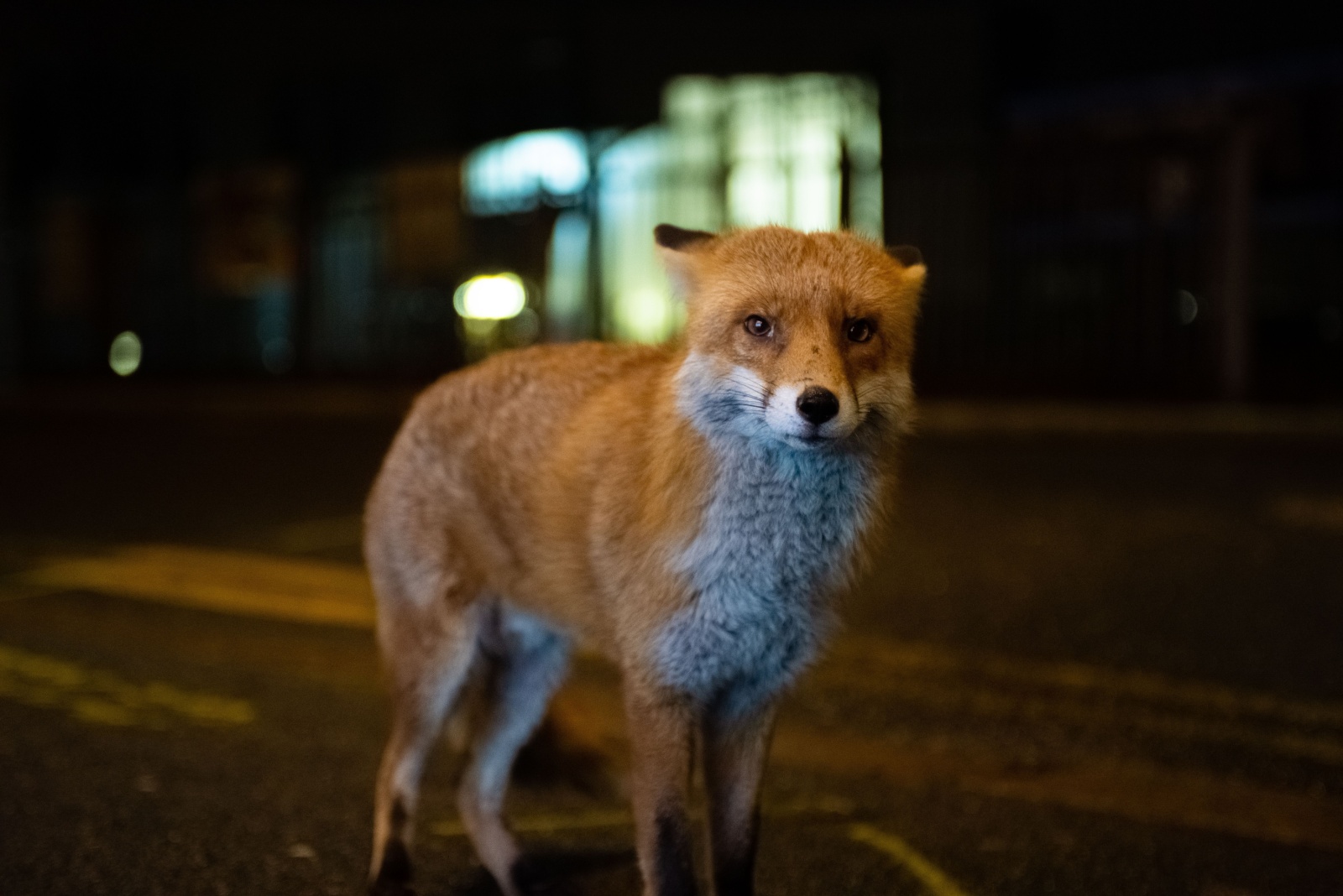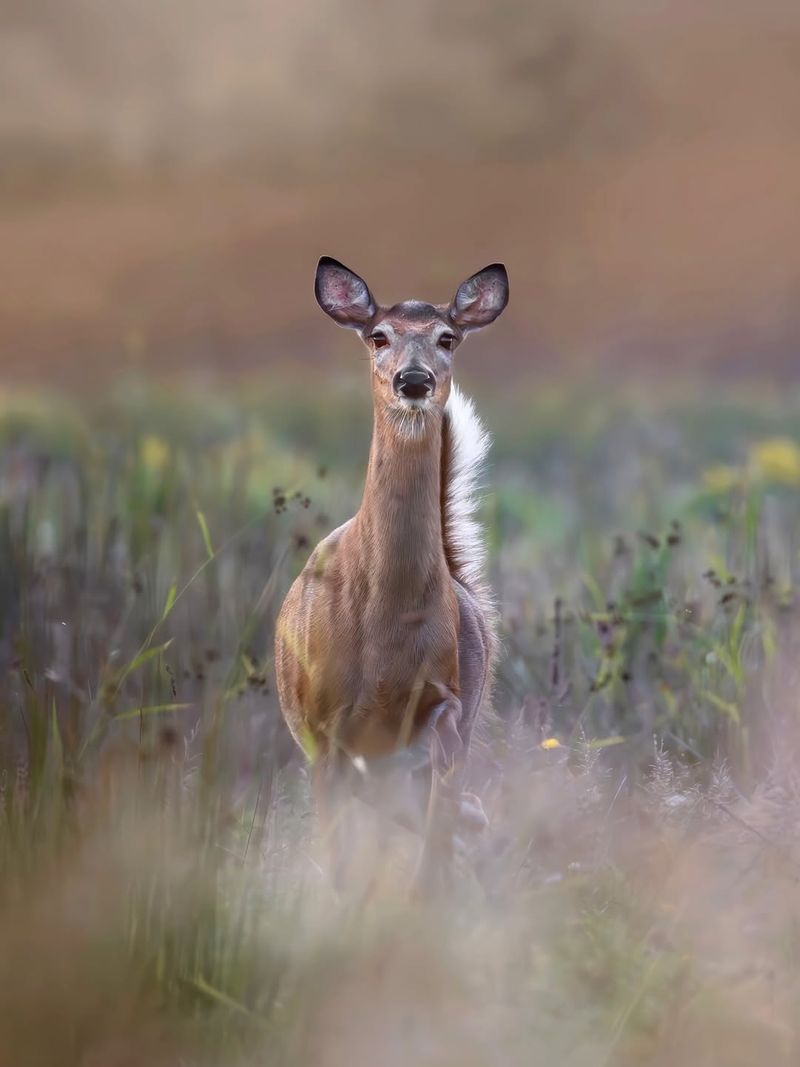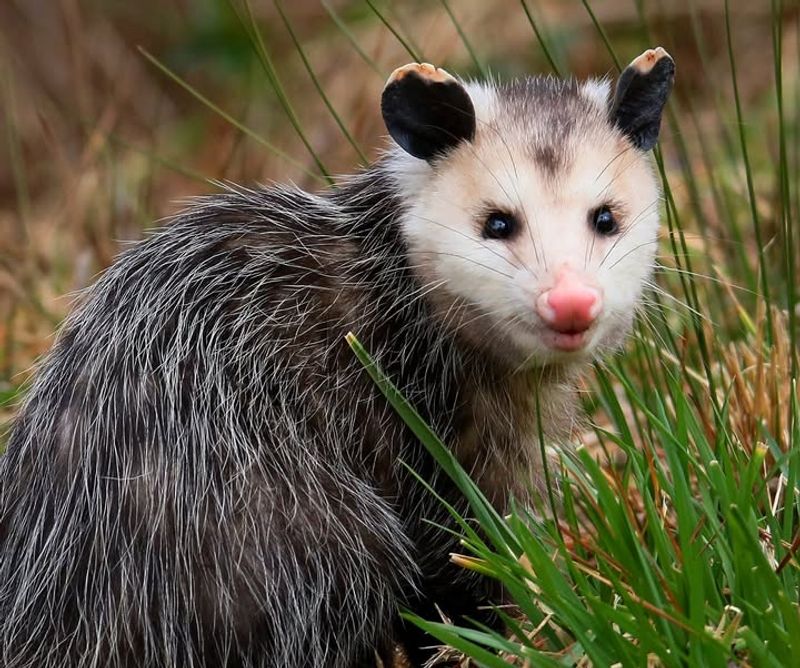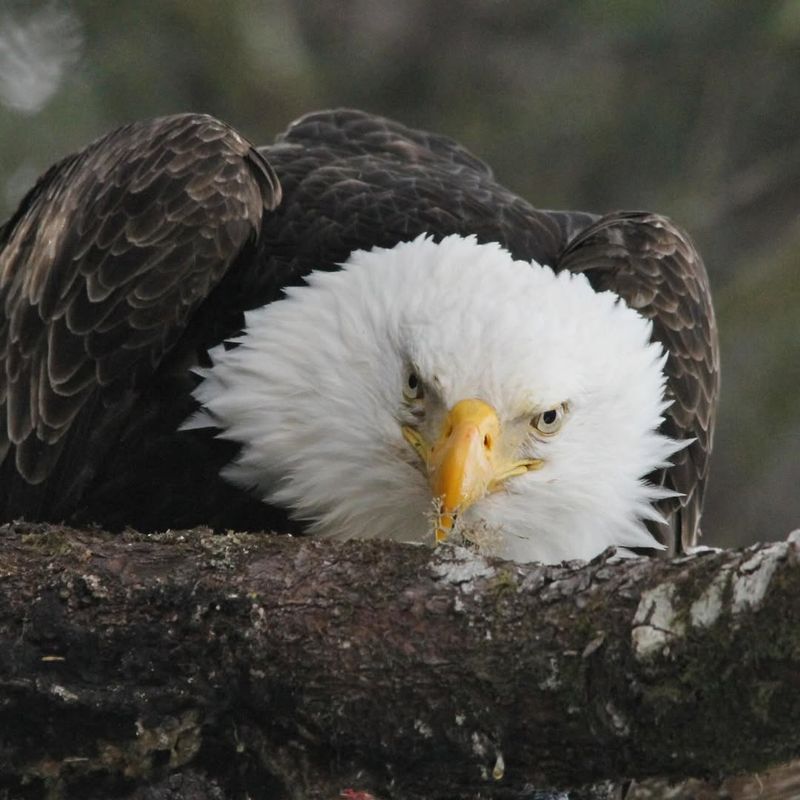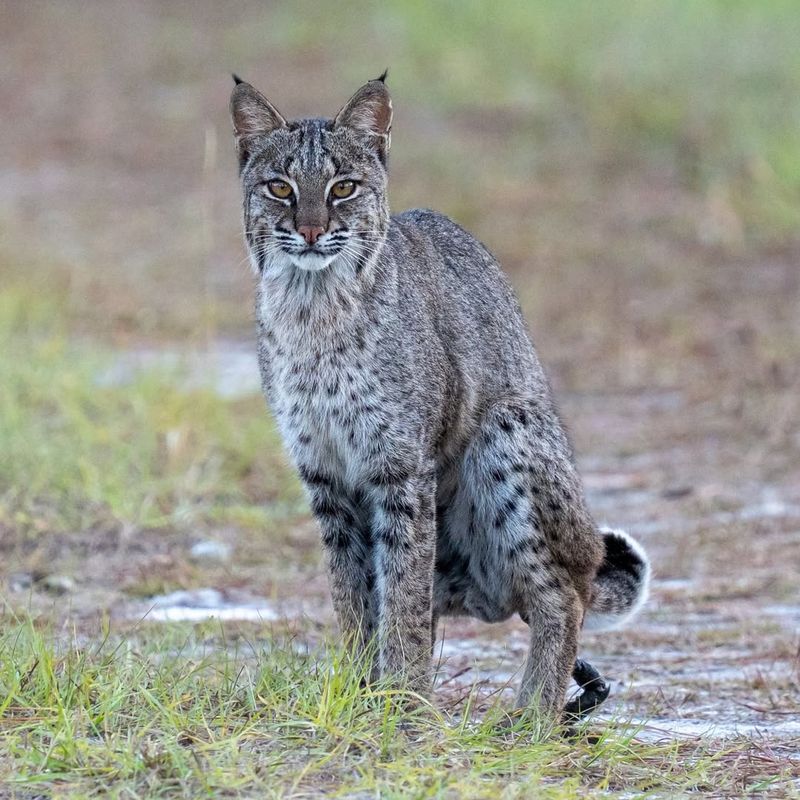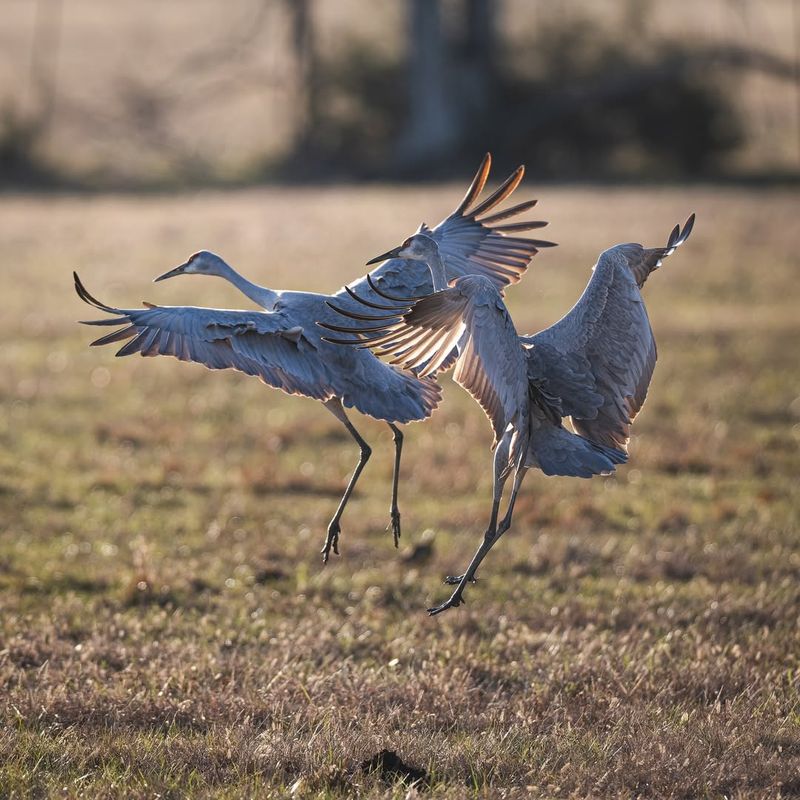Iowa residents spot wild visitors inching closer to cities and backyards, and the trend raises eyebrows across the state.
Creatures once tucked deep in timber now appear on sidewalks, trails, and even porch steps. A mix of bold instincts and shifting conditions pushes these animals into view, turning quiet neighborhoods into surprise stages for wildlife encounters.
1. White-Tailed Deer
Graceful yet surprisingly bold, white-tailed deer have become regular visitors to Iowa suburbs. They munch on flowers, bushes, and vegetable gardens, causing frustration for homeowners trying to grow tomatoes or roses.
Urban areas offer deer plenty of food without the threat of natural predators. If you want to protect your plants, consider installing tall fencing or using deer-resistant species.
Remember to never approach or feed them, as they can become aggressive during mating season or when protecting their young fawns.
2. Coyotes
With a haunting howl that echoes through neighborhoods, coyotes are adapting remarkably well to city life. They hunt small pets, raid garbage cans, and roam streets after dark searching for easy meals.
Coyotes are smart and opportunistic, learning quickly where food sources exist. Keep your cats and small dogs indoors at night, and secure trash bins tightly.
If you encounter one, make yourself look big, yell loudly, and back away slowly without turning your back on the animal.
3. Wild Turkeys
Strutting down sidewalks like they own the place, wild turkeys have lost much of their fear of humans. Flocks wander through parks, block traffic, and sometimes chase joggers or mail carriers who get too close.
Males become especially territorial during spring breeding season. Give them plenty of space and avoid direct eye contact, which they may see as a challenge.
Despite their comical appearance, turkeys can deliver painful pecks and scratches if they feel threatened or cornered by curious onlookers.
4. Raccoons
Masked bandits of the night, raccoons possess remarkable problem-solving skills that help them thrive near humans. Their nimble paws can open latches, unscrew jars, and tear through screens to reach food inside homes.
They carry diseases like rabies, so never try to pet or handle them, even if they seem friendly or cute.
Secure your garbage, bring pet food indoors at night, and seal any openings in attics or sheds where raccoons might nest and raise their babies.
5. Red Foxes
Beautiful and elusive, red foxes are expanding their range into Iowa towns and cities. Their rusty-red coats and bushy tails make them easy to identify as they hunt mice and rabbits in open yards.
Foxes generally avoid people but may become bolder if someone regularly feeds them, intentionally or not.
They help control rodent populations naturally. Watch them from a distance and enjoy their presence, but discourage them from denning under decks or sheds by blocking access points properly.
6. Opossums
Often misunderstood, opossums are North America’s only marsupial and surprisingly beneficial neighbors. They eat ticks, cockroaches, and deceased animals, acting as nature’s cleanup crew in your yard.
When threatened, they may hiss, show teeth, or play ‘possum’ convincingly. Despite their scary appearance, opossums are generally docile and rarely carry rabies.
Leave them alone and they’ll move on quickly. Secure trash cans and remove outdoor pet food to avoid attracting them regularly to your property at night.
7. Bald Eagles
Once nearly extinct, bald eagles now soar above Iowa rivers and lakes near populated areas. Their massive nests can weigh hundreds of pounds and they return to the same spot year after year.
Eagles primarily eat fish but may also hunt waterfowl and scavenge roadkill.
Spotting one is thrilling and reminds us that conservation efforts really work. Keep a respectful distance from nesting sites, especially during breeding season, and report any injured eagles to wildlife authorities immediately for proper care.
8. Bobcats
Secretive and solitary, bobcats are showing up more frequently in Iowa’s urban edges and suburbs. Their spotted coats and short bobbed tails distinguish them from regular house cats, though they’re much larger and wilder.
Bobcats hunt rabbits, squirrels, and birds, usually during dawn and dusk hours.
Sightings are rare because they avoid humans instinctively. If you spot one, consider yourself lucky and observe quietly from indoors. Never approach or attempt to photograph them up close for safety.
9. Sandhill Cranes
With their distinctive rattling calls and impressive wingspan, sandhill cranes are increasingly nesting near Iowa communities. Standing nearly four feet tall, they wade through wetlands and fields searching for insects, seeds, and small animals.
Their elaborate dancing displays during courtship are mesmerizing to watch from a distance.
Cranes can be aggressive when protecting nests or young chicks. Admire them from afar and avoid disturbing wetland areas where they might be raising families during spring and early summer months.

